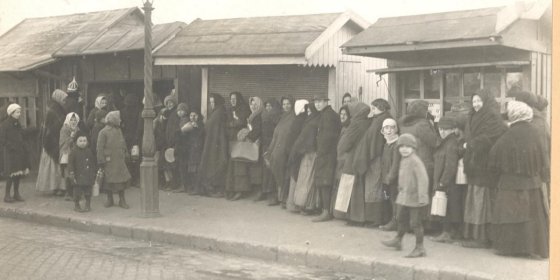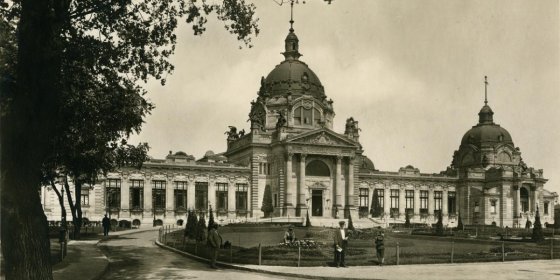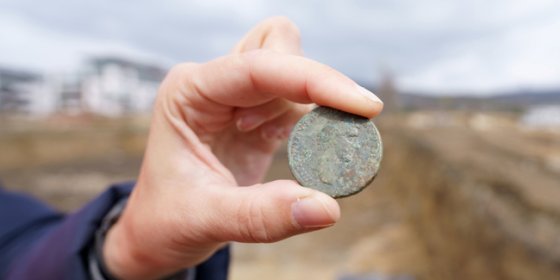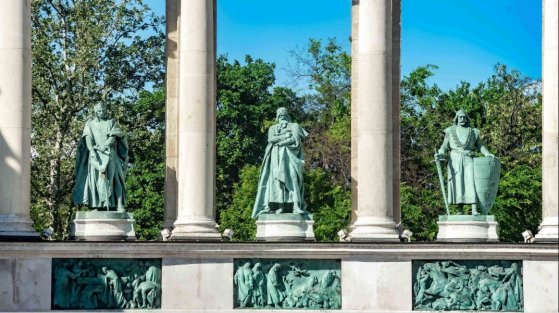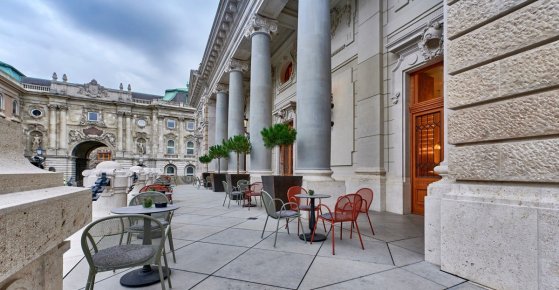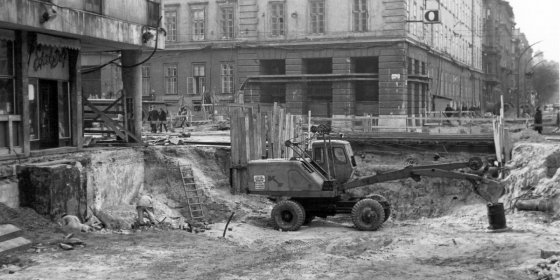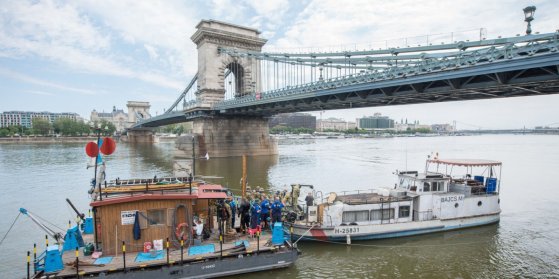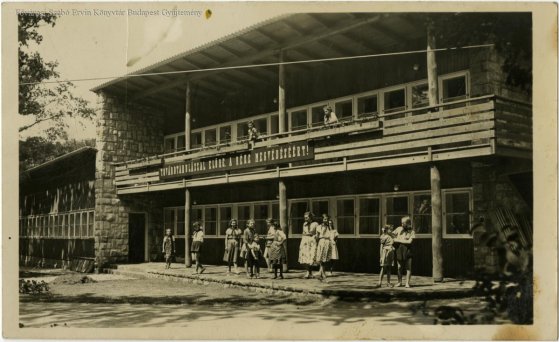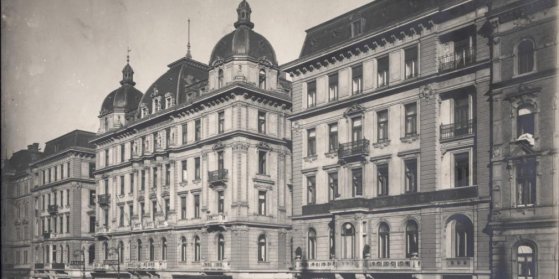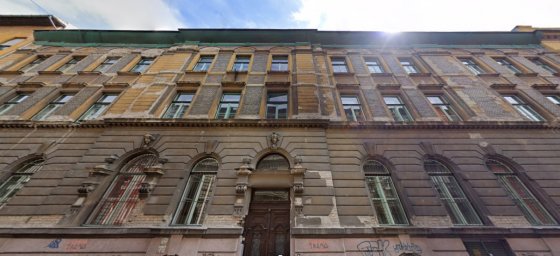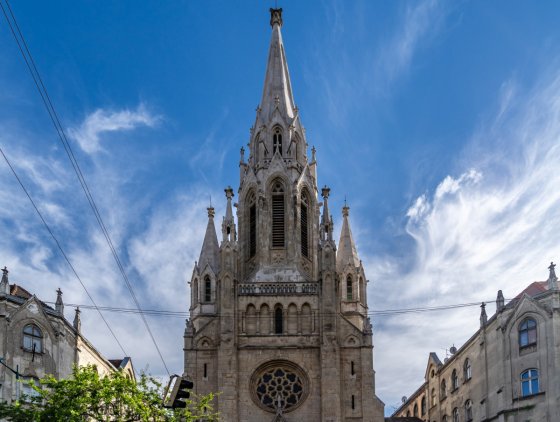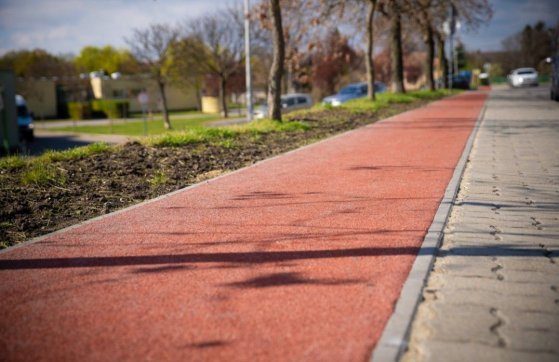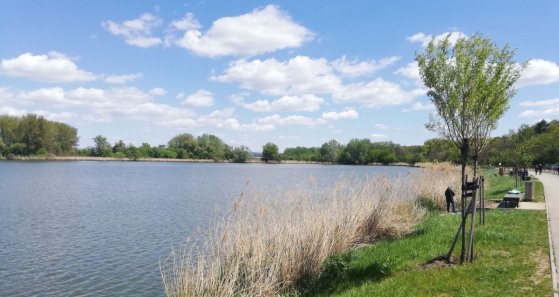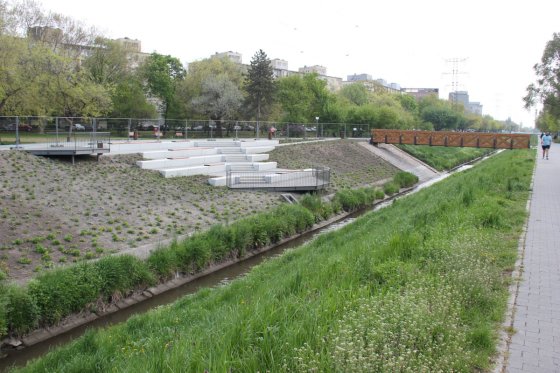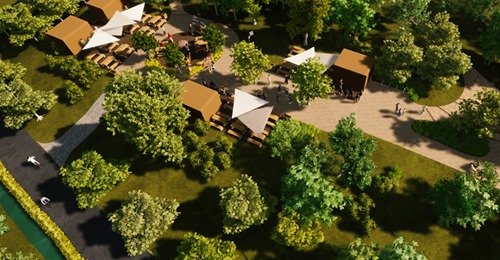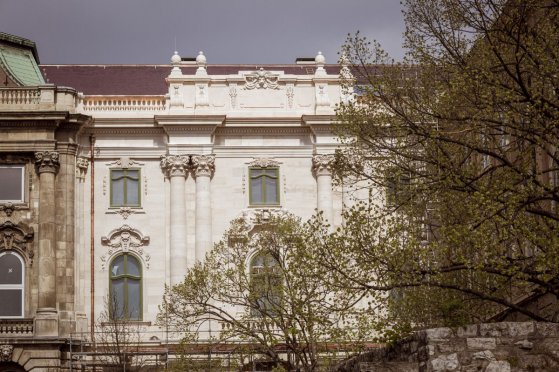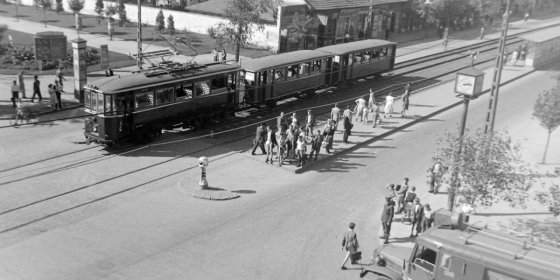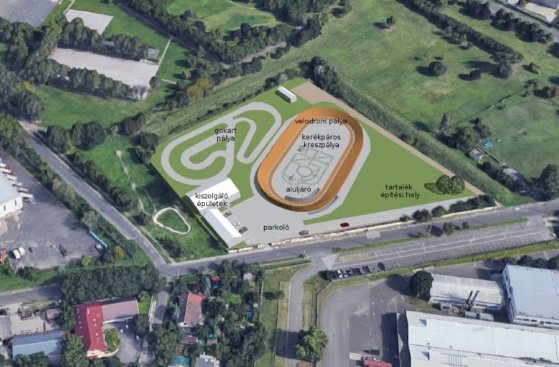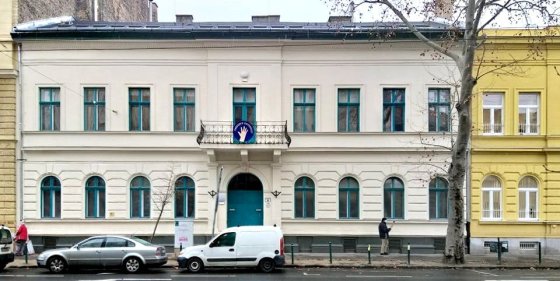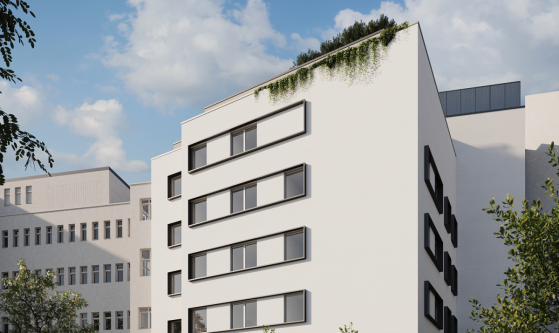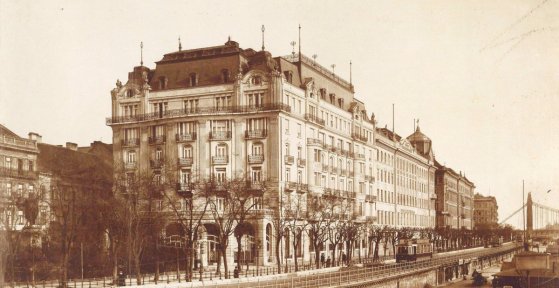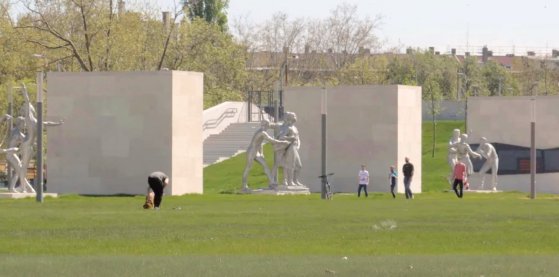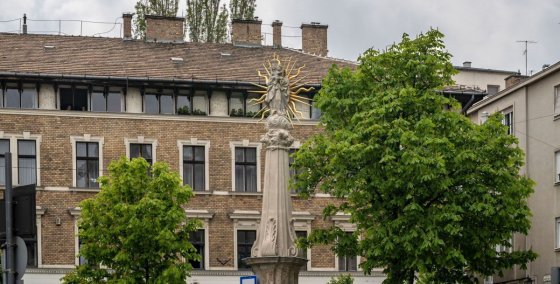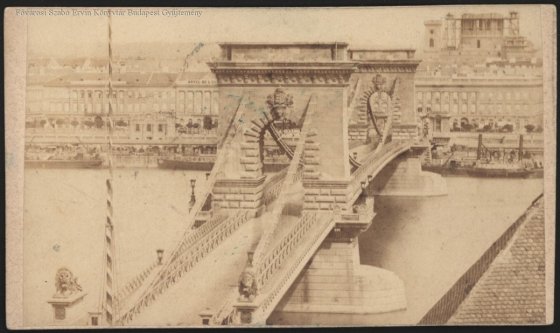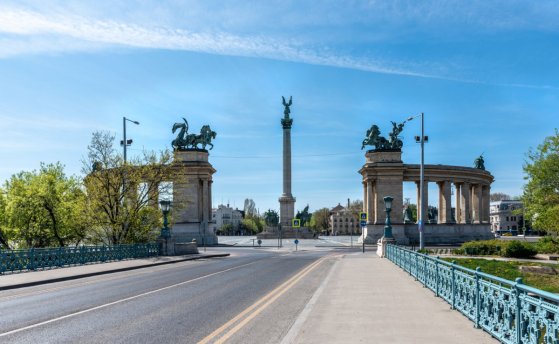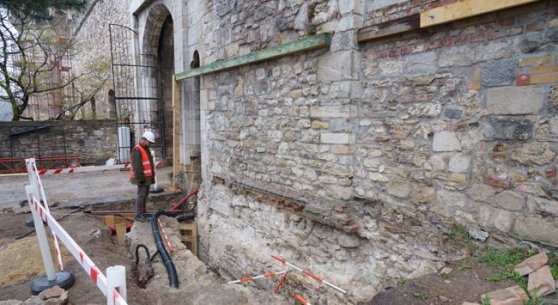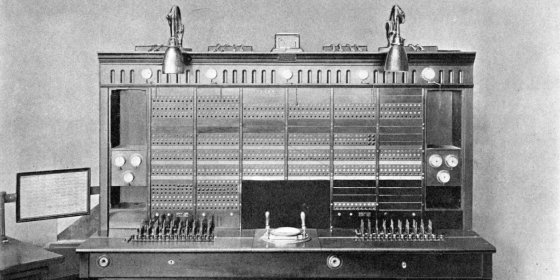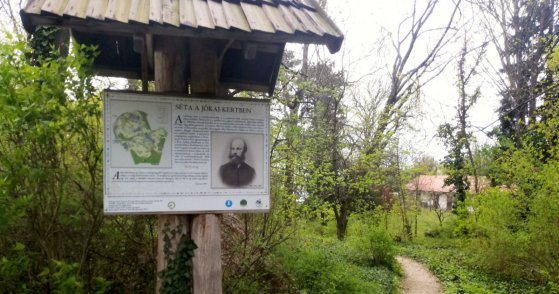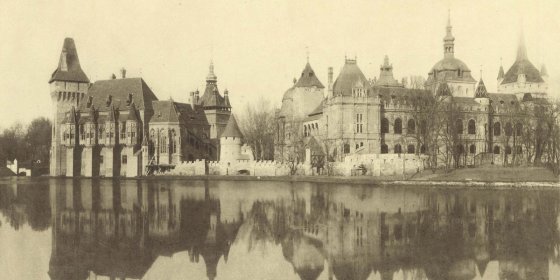 The „intertwined history” of the bridges and the city of Budapest
Which ideas and events have shaped the fate of bridges of Budapest and the cityscape? Alongside many other interesting facts, this question is also answered this newly published book by the Budapest City Archives, which introduces the history of bridges in Budapest.
The „intertwined history” of the bridges and the city of Budapest
Which ideas and events have shaped the fate of bridges of Budapest and the cityscape? Alongside many other interesting facts, this question is also answered this newly published book by the Budapest City Archives, which introduces the history of bridges in Budapest.
pestbuda.hu
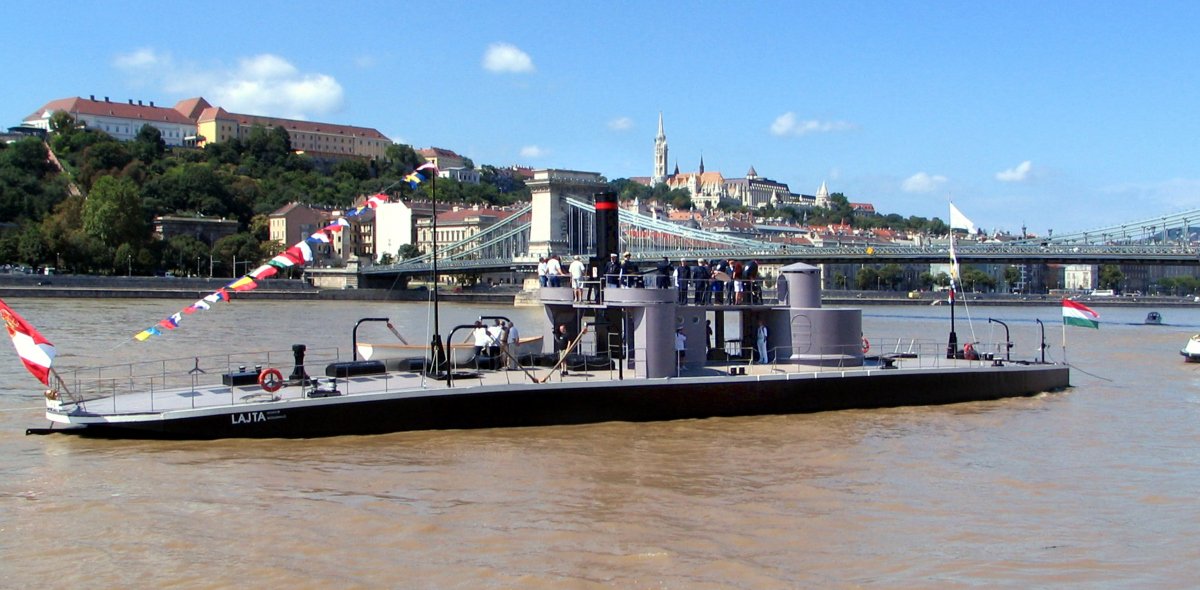 Most modern boat of the Austro–Hungarian Navy launched 150 years ago
Most modern boat of the Austro–Hungarian Navy launched 150 years ago
May 17, 2021 at 2:00 PM
The Lajta monitor, one of the most modern warships of its time, was launched 150 years ago, on 17 May 1871. The surviving river boar of the former Austro-Hungarian Navy is now a museum. Its special feature is that the Lajta monitor is the only one in the world from the monitor type river version.
Food kitchens alleviated the misery of the war in Budapest 105 years ago
May 17, 2021 at 9:00 AM
Although World War I did not directly affect the home front, Budapest was not bombed by the enemy like in World War II, but because of the battles, the capital was struggling. In 1916, the state wanted to help. Food kitchens were set up to deliver vegetable dishes and pasta to the poorer quarters of Budapest.
The man who drilled the artesian wells of Budapest - Vilmos Zsigmondy was born 200 years ago
May 16, 2021 at 11:00 AM
Budapest owes a lot to Vilmos Zsigmondy: the enterprising mining engineer was one of the first international experts to successfully extract thermal resources in Hungary. He drilled the artesian well of Margaret Island. The drilling of one of the deepest wells in the world at the time, almost a kilometre away, in City Park, which made it possible to open the Széchenyi Baths, is also connected to his name.
Coins and metal works from the Hungarian conquest of the Carpathian Basin found on construction site
May 15, 2021 at 4:00 PM
An excavation is taking place in the 11th District on Rupp Hill. Archaeologists are reviewing the area before construction. Although the site is mainly Roman, valuable objects from other eras have been found; such as medieval coins, metal works from the Hungarian conquest of the Carpathian Basin and the foundations of a building from the 2nd or 3rd century.
A Tuscan cast many iconic sculptures in Budapest
May 15, 2021 at 11:00 AM
Many foreign masters made a significant contribution to the development of Budapest city. Professionals from German-speaking countries excelled in the fields of architecture and applied arts in particular. A somewhat forgotten master who chose the Hungarian capital as his homeland instead of sunny Tuscany is worth noting. Raffaelo Vignali, or Rafael Vignáli in Hungarian, came to Budapest for the works of the Millennium Monument.
Café open in Guard House in Royal Palace of Buda Castle
May 14, 2021 at 3:30 PM
The Guard House (Főőrség) building opened on Friday. Visitors are invited to the cafe and an exhibition of the 260-year history of the Hungarian Royal Guards. The building designed by Alajos Hauszmann and built in 1903 originally served as the headquarters of the Palace and Royal Guards.
Construction of blue Metro Line M3 began 50 years ago
May 13, 2021 at 9:00 AM
The development of the Budapest underground network entered a new phase 50 years ago when the construction of the city’s third metro line began. Although the ideas changed a lot and the work planned for 15 years took 20, today’s Metro Line 3 is one of Budapest's most important transport corridors.
Divers to search riverbed near Chain Bridge for bombs and wrecks
May 12, 2021 at 6:00 PM
In connection with the renovation of the Chain Bridge, the Danube riverbed around the bridge will be cleaned. During the work, which is expected to take a month and a half, the river will be surveyed with sonar and divers in the 50-meter vicinity of the bridge. Any unspent ammunition found will be disarmed and pieces of metal removed.
Tündérbérc to house children's camp again
May 12, 2021 at 9:00 AM
The name of Csillebérc is still associated with the former pioneer camp and the children's railway. Children spent their holidays in the camp known as Pioneer Republic, and later Csillebérc Pioneer Camp, from 1948. Eventually, a lawsuit that lasted 15 years from the 2000s settled the ownership of the area. Soon, a children's camp will open on Csillebérc again.
The Royal Hotel hosted the first film screening in Hungary 125 years ago
May 11, 2021 at 9:00 AM
Fortunately, the Hungarian Academy of Sciences set the date of the Hungarian conquest of the Carpathian Basin as 896, rather than the originally planned 895. In 1896, the official national millennium was celebrated with miracles such as the first domestic film screenings. The general public could see the screenings in two places: that of the Lumière brothers were held at the Royal Hotel, and Edison’s were shown in Lágymányos.
Szinyei Merse Pál Grammar School renovated
May 10, 2021 at 6:00 PM
Next year Szinyei Merse Pál Secondary School will celebrate its 125th anniversary. Plans are for the renovation of its facade to be completed by then. Standing on Szinyei and Kmety Street, the building designed by Ármin Hegedűs was completed in 1897.
Neo-Gothic wonder on Üllői Road – Church in Ferencváros designed by Sándor Aigner
May 10, 2021 at 9:00 AM
A large number of architects played a huge role in making Budapest a metropolis. They created numerous beautiful plans between the 1870s and 1910s. Many of our public buildings and dwellings that still stand are the fruits of their work. While this view is generally accepted, the names of several masters have almost been forgotten. Such is the case of Sándor Aigner, who designed many churches as a master of Gothic Revival architecture. His most important work is the Perpetual Adoration Church in Ferencváros.
Running track added to Rózsakert Sport Centre
May 9, 2021 at 4:00 PM
A sport-focused development in Budafok-Tétény has been completed. A running track has been added to the Rózsakerti Sports Centre and an ice skating tent is also being set up.
Lake Naplás is true to its name – A place for relaxation
May 9, 2021 at 9:00 AM
The largest still water in Budapest is quite young. It was formed in 1978 during the flood protection regulation of the Szilas stream. Lake Naplás is worthy of its name, as naplás is an abbreviated form of the word napolás (to postpone), and it is worth postponing our other activities to explore the 16-hectare area and its surroundings.
Community area completed along Rákos stream
May 8, 2021 at 3:00 PM
Soon the public will be able to visit the new rest area created on the banks of the Rákos stream. On the southern side of the pedestrian bridge between Hajdú Street and Hajdú Alley in 13th District has been made more comfortable with a less steep incline and a waterfront pier.
Reconstruction of Normafa car park begins – New greens to replace asphalt
May 7, 2021 at 4:00 PM
On 10 May, one of the most important elements of the renewal of Normafa, the elimination of the old bus stop and car park, will begin writes the website of the 12 District local council. What is now an asphalt area in a protected forest will become a green community area. A car park has been created on Konkoly-Thege Road.
Facade of southern connecting wing restored according to original plans – Royal Palace of Buda stands in its original splendour
May 7, 2021 at 2:00 PM
During the reconstruction of the Buda Castle, the original, turn-of-the-century condition of the southern connecting wing has been restored. Várkapitányság has announced, the southern facade of the building was rebuilt according to the original plans, as has the northern facade facing the Lion's Court. After the restoration of the internal spaces, the interior design of Saint Stephen's Hall also started a few weeks ago.
Shortest suburban railway line in Budapest turns 70
May 7, 2021 at 10:00 AM
Suburban railway lines (HÉV - helyiérdekű vasút) have been running from Boráros Square to the 21st District for seventy years. Csepel had a rapid transit connection before, with trains running on Gubacsi Bridge. The suburban railway line to Csepel is record-breaking in many aspects: it is the shortest line, the site of the most serious accident, and currently home to the oldest trains.
Kőbánya velodrome to open this year
May 6, 2021 at 6:00 PM
The first roofed bicycle course in Hungary is being built in the 10th District. BringAréna planned to open before the end of the year.
Music school finally to move in to Damjanich Street building
May 6, 2021 at 2:00 PM
The tender for the right to rent the building at 4 Damjanich Street in Erzsébetváros has been closed. Based on the decision, the Antal Molnár Music School can move into the local council's property previously renovated for the school.
Five-storey expansion of clinic in Ferencváros to go ahead
May 5, 2021 at 3:00 PM
The Ferencváros Health Service Centre will be expanded with a new five-storey building. Within the Healthy Budapest Program framework, the government is providing a total of 5.6 billion HUF for development.
The famous line of hotels on the Danube Promenade started to develop in the year of the millennium
May 5, 2021 at 9:00 AM
Several hostels and inns awaited local and foreign guests on the banks of the Danube in Pest during the Reform period. What would become the Danube Promenade south of Chain Bridge, was a stronghold of hospitality. Most of the houses constructed in the 1870s were not originally built as hotels, and it was not until the millennium that these developments began in the area. Upscale luxury hotels such as the Grand Hotel Hungária and Bristol awaited guests at the end of the 19th century and from the 1910s, the Ritz.
Huge new park opens in Budapest
May 4, 2021 at 2:00 PM
The surroundings of Puskás Arena have been revitalised. A new public park awaits visitors with huge green areas, playgrounds, a running track and sports fields. After the European Football Championship, even more sports fields will be built in the area.
The pedestal of the Mária Square memorial column is being renovated – The statue was restored last year
May 4, 2021 at 2:00 PM
The pedestal of the Mária Immaculata memorial column in Mária Square in the 1st district is being restored. The upper part of the work, along with the statue, was restored last year.
Neither Pest nor Buda wanted a private company to build the first bridge in Budapest – the bridge law is 185 years old
May 4, 2021 at 9:00 AM
A law promulgated 185 years ago made it possible to build the first permanent Danube bridge connecting Buda and Pest. A long debate preceded the adoption of the bridge law because neither Pest nor Buda supported a private company building the bridge, as they did not want to waive their customs rights.
Next steps for a car-free City Park – Planning of the new Pest overpass begins
May 3, 2021 at 4:00 PM
Another milestone towards a car-free City Park has been made. The Budapest Development Center has signed a contract to design a new overpass in Pest over the Rákosrendező railway station. It has also announced a public procurement procedure for designing a P+R car park to be built at the Mexikói road underground station.
Artefacts found at 14th century castle wall
May 3, 2021 at 2:00 PM
The finds from the Anjou or Sigismund-era constructions were found near the castle walls of the Royal Palace of Buda Castle, in the New World Garden. Staff from the Budapest History Museum completed the excavations. The finds are of particular importance because little is known about the Anjou-era parts of the palace.
Tivadar Puskás built the first Hungarian telephone exchange 140 years ago
May 3, 2021 at 9:00 AM
The first telephone exchange started operating in Budapest on May 1, 1881. Tivadar Puskás and his brother Ferenc built the equipment. Initially, the phone centre had only 25 subscribers, but its popularity grew steadily. Based on the telephone network and the telephone exchange, Tivadar Puskás's truly great invention, the Telephone Herald (Telefonhírmondó), was born and presented at the Millennium Exhibition.
A jewel above Budapest - The Jókai Garden has retained its charm
May 2, 2021 at 3:00 PM
Although Mór Jókai was not born and raised in Budapest, he still gave something to the capital that is irreplaceable. The garden and park he created have retained their charm to this day, despite the vicissitudes of history. The institutions here, which try to preserve Jókai's heritage, play a major role in these efforts.
Celebrating the millennial past of the Hungarian nation
May 1, 2021 at 4:00 PM
The central event of the millennium celebrations of 1896, held on the anniversary of the Hungarian Conquest of the Carpathian Basin, was the National Millennium Exhibition held in City Park. The exhibition, which was open for half a year, offered insight into the past of Hungarians and provided an opportunity to present the results achieved during the extraordinary economic development after the Austro-Hungarian Compromise.
More articles
 The „intertwined history” of the bridges and the city of Budapest
Which ideas and events have shaped the fate of bridges of Budapest and the cityscape? Alongside many other interesting facts, this question is also answered this newly published book by the Budapest City Archives, which introduces the history of bridges in Budapest.
The „intertwined history” of the bridges and the city of Budapest
Which ideas and events have shaped the fate of bridges of Budapest and the cityscape? Alongside many other interesting facts, this question is also answered this newly published book by the Budapest City Archives, which introduces the history of bridges in Budapest.
 The Bridge Report, which brought a turning point in the history of Budapest
A travel report that changed the history of Pest and Buda, as well as Hungary. The little book contributed to the change of half a thousand years of legal customs and the implementation of an investment of unprecedented size and technical quality. This book was The Bridge Report [Hídjelentés in Hungarian].
The Bridge Report, which brought a turning point in the history of Budapest
A travel report that changed the history of Pest and Buda, as well as Hungary. The little book contributed to the change of half a thousand years of legal customs and the implementation of an investment of unprecedented size and technical quality. This book was The Bridge Report [Hídjelentés in Hungarian].
 Drama on the university wall - The heroic monument was planned 95 years ago
In the constant hustle and bustle of the Egyetem Square in Pest, the students may not even notice the monument that decorates the short section of wall between the church and the central building of ELTE. However, it commemorates their predecessors, the heroes who fought for their country in World War I, and those who heroically helped them. The first design of the dramatically collapsing soldier was born in 1928, ninety-five years ago.
Drama on the university wall - The heroic monument was planned 95 years ago
In the constant hustle and bustle of the Egyetem Square in Pest, the students may not even notice the monument that decorates the short section of wall between the church and the central building of ELTE. However, it commemorates their predecessors, the heroes who fought for their country in World War I, and those who heroically helped them. The first design of the dramatically collapsing soldier was born in 1928, ninety-five years ago.

